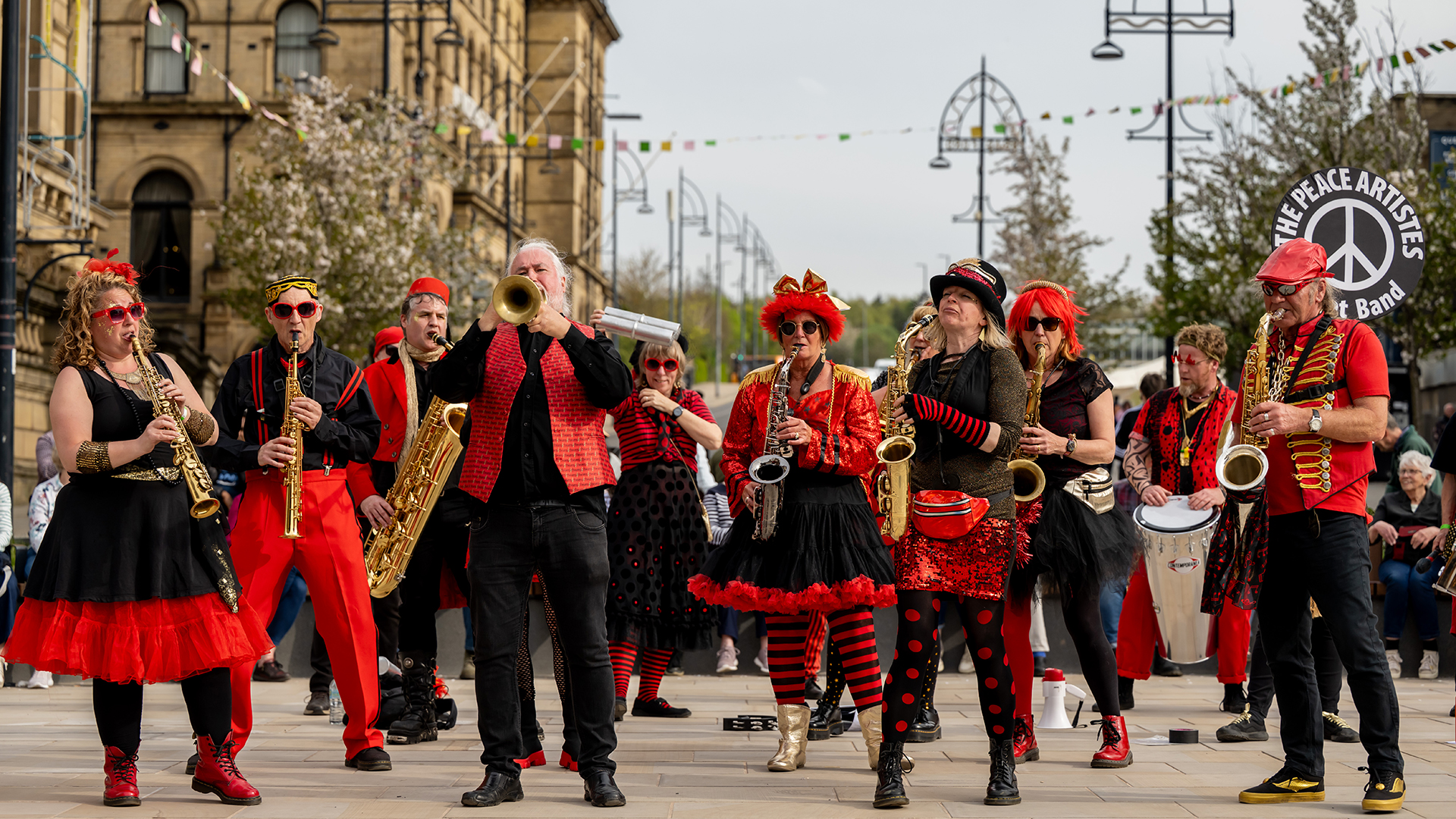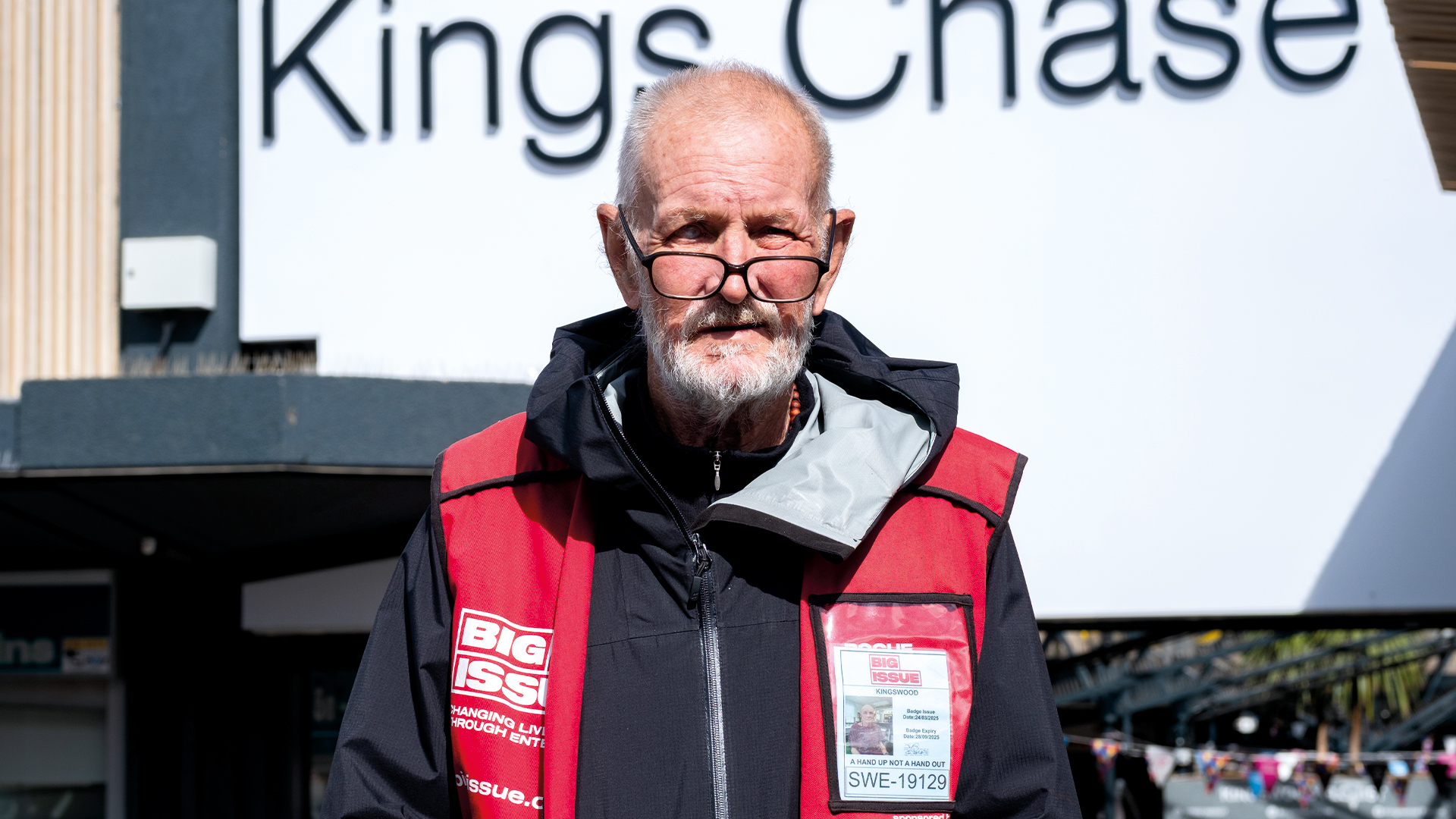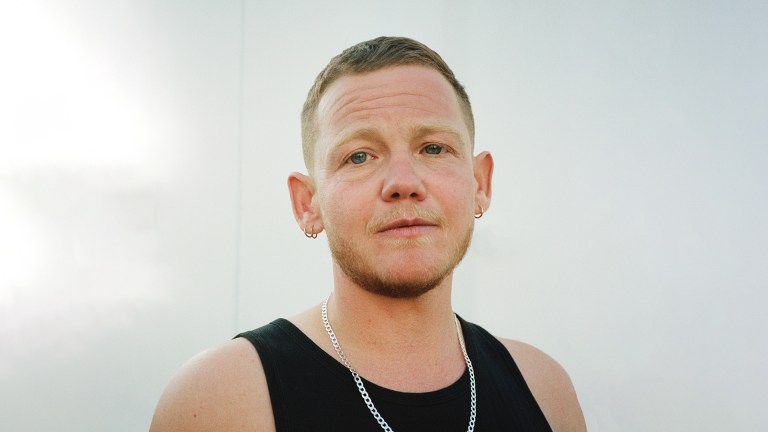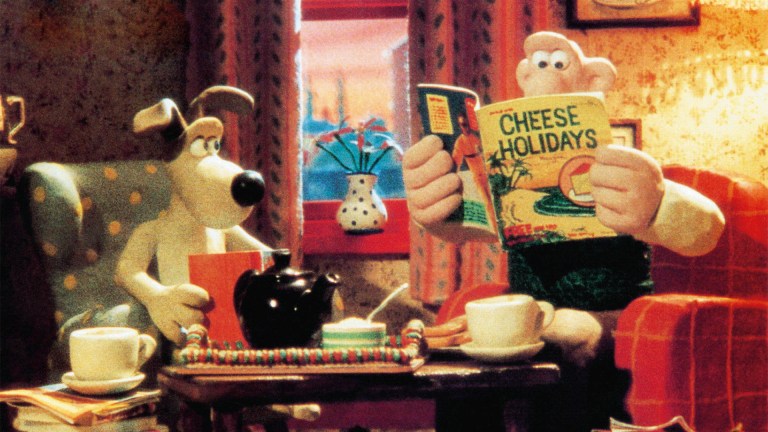It’s a sunny Saturday in Centenary Square, the heart of Bradford city centre, and a hundred or so people are dancing to a brass band in a raucous parade that’s part carnival, part flashmob and part protest. They’re a varied bunch. Older people on mobility scooters sway alongside beaming parents with excitable kids on their shoulders. The city has ground to a halt to watch. Children playing in the water fountain stare, and the Wetherspoons beer garden is a sea of smartphones capturing the action as the wacky parade passes.
The Peace Artistes, a Bradford-based street band, lead the group in a blaze of red and gold from head to toe. The band leader is sporting a fez, while others opt for sparkly blazers, sunglasses and garish gold chains. Their music is, above all else, loud. Megaphones, whistles, drums and an eruption of brass are blasting music from around the world.
- Zayn Malik speaks on new music, home city Bradford and identity: ‘I’m a very Northern man’
- City of Culture 2025: Zayn Malik, Dynamo, Nia Archives and more share what makes Bradford so special
- The remarkable ways a Yorkshire children’s charity is fighting hidden poverty and rural destitution
The band are participating in the Big Brass Blowout, part of Bradford’s UK City of Culture celebrations. The weekend-long event has seen numerous bands play across the city’s streets and venues to celebrate the area’s rich brass history. For more than a century, brass bands have been pillars of the community in and around Bradford. The tradition began during the industrial revolution, when factories, mills and mines started bands to give workers a reason to come together.
Bradford is still peppered with former mills and factories, their chimneys towering over the terraced houses that surround them. But when the industrial revolution faded, the city’s love of brass did not, although many of today’s bands would be unrecognisable to Victorians. In the Big Brass Blowout’s lineup, traditional brass sits alongside afrobeats, reggae and soul. But nothing demonstrates the evolution of brass better than The Peace Artistes’ conga through the city.
The band uses brass as a means of protest, to garner support for their chosen causes from nuclear disarmament to rejecting Donald Trump. Their sound differs from traditional brass, drawing on global and local influences.
“We play African music, we play a bit of reggae, we play Latin, and we do a bit of pop,” says Kelly Kenyon, who plays the group’s sousaphone, a tuba-like instrument. “Street bands are known for grabbing from different cultures, which makes the band more inclusive. People that like jazz will come and play for us, people that like pop tunes might come and hear us. I think it’s a nice way to be.”





